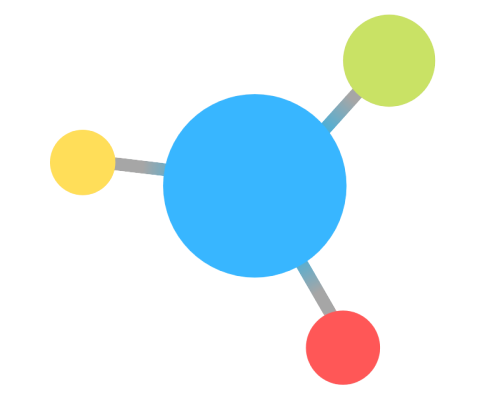In the ever-evolving landscape of web development, Next.js has emerged as a revolutionary framework that is shaping the future of how we build and optimize websites. In this article, we will delve into the unique aspects of Next.js and how it is transforming the way we create web applications, improve user experiences, and enhance SEO.
1. The Power of Server-Side Rendering (SSR)
Next.js shines with its built-in server-side rendering capabilities. SSR allows your web application to render content on the server, delivering fully rendered pages to the client. This not only improves initial page load times but also significantly aids search engine optimization (SEO) by ensuring that search engine crawlers can easily index your content. The result? Improved rankings and better user experiences.
2. Seamless Routing
Creating clean and user-friendly URLs is essential for SEO. Next.js provides an elegant and intuitive routing system, allowing developers to define routes that mirror the structure of their website. This approach leads to SEO-friendly, semantic URLs that both users and search engines appreciate.
3. Dynamic Imports and Code Splitting
Page load speed is a crucial ranking factor for SEO. Next.js excels in this area by enabling dynamic imports and code splitting. Only the necessary code is loaded for a particular page, resulting in faster load times and improved website performance, which directly influences SEO rankings.
4. SEO-Friendly Meta Tags
Managing meta tags is essential for SEO success, and Next.js simplifies this process. With its Head component, you can easily set title tags, meta descriptions, and other essential metadata for each page. This ensures that your content is not only well-structured but also optimized for search engines.
5. Image Optimization
Next.js includes built-in image optimization features that automatically optimize and serve images in the most efficient format and size. This improves page load times and indirectly contributes to better SEO rankings, as search engines consider image optimization as a factor.
6. Real-Time Updates with Incremental Static Generation (ISG)
Next.js’s Incremental Static Generation (ISG) feature allows you to generate dynamic, data-driven pages at build time, and if necessary, update them at runtime. This ensures that your content remains fresh and up-to-date for both users and search engine crawlers.
7. Progressive Web App (PWA) Capabilities
Building a Progressive Web App is an excellent way to improve user engagement and indirectly influence SEO. Next.js makes it easier to create PWAs by providing features like offline support and background syncing, enhancing the user experience and boosting your website’s SEO potential.
In conclusion, Next.js is not just another web development framework; it represents the future of web development with its focus on server-side rendering, clean routing, dynamic imports, SEO-friendly features, image optimization, real-time updates, and PWA capabilities. By embracing Next.js, developers can create websites that not only perform exceptionally but also rank well in search engine results, delivering superior user experiences and setting new standards in the world of web development.
